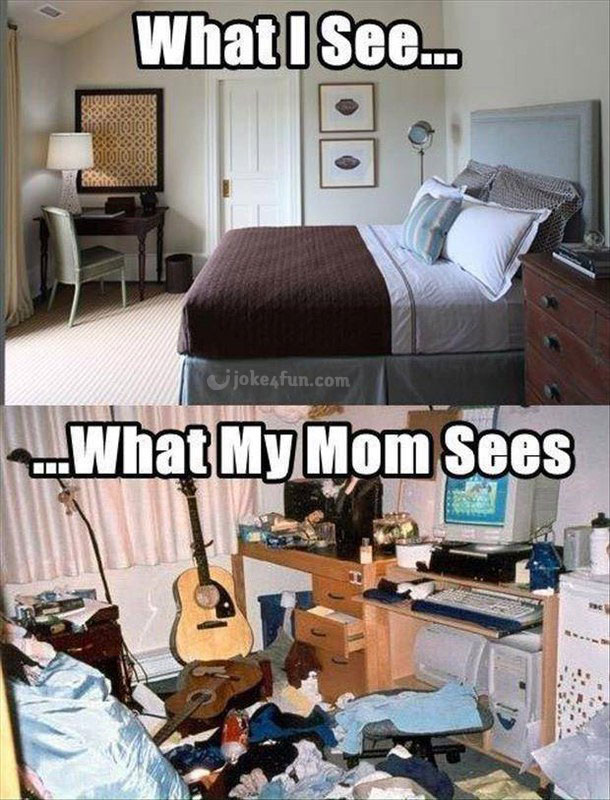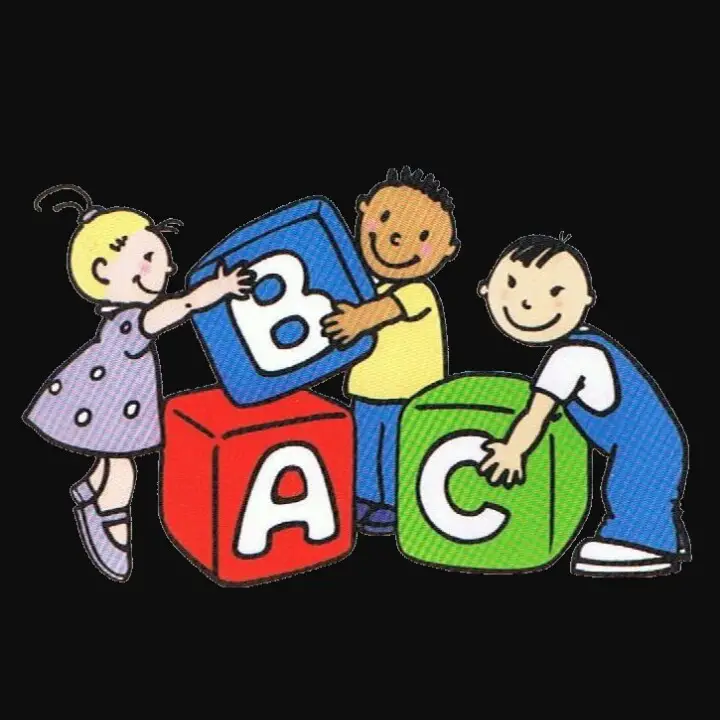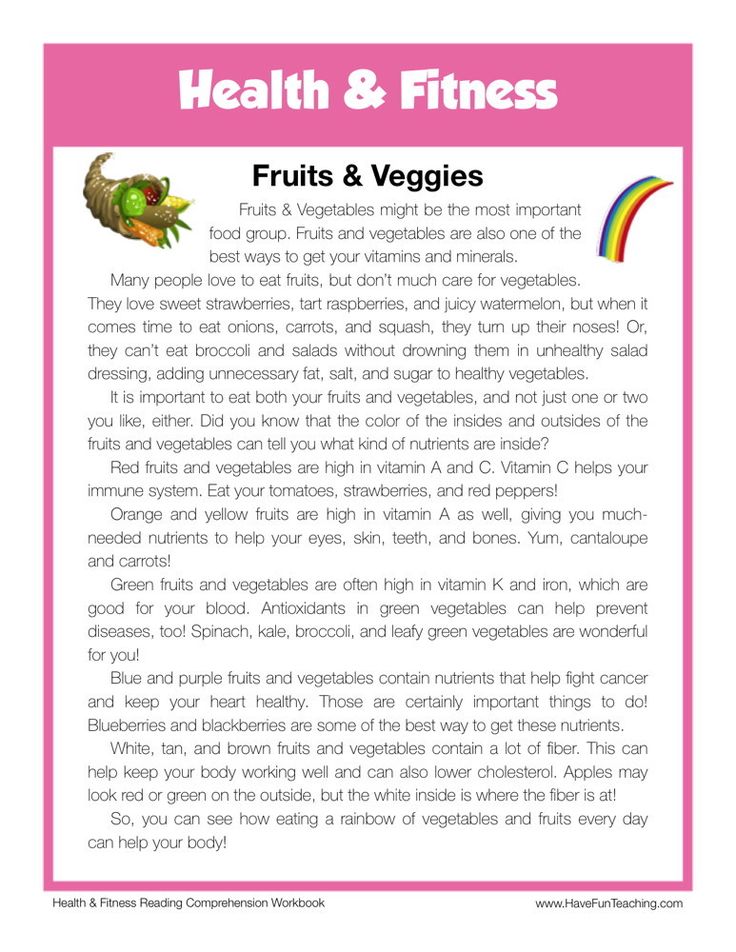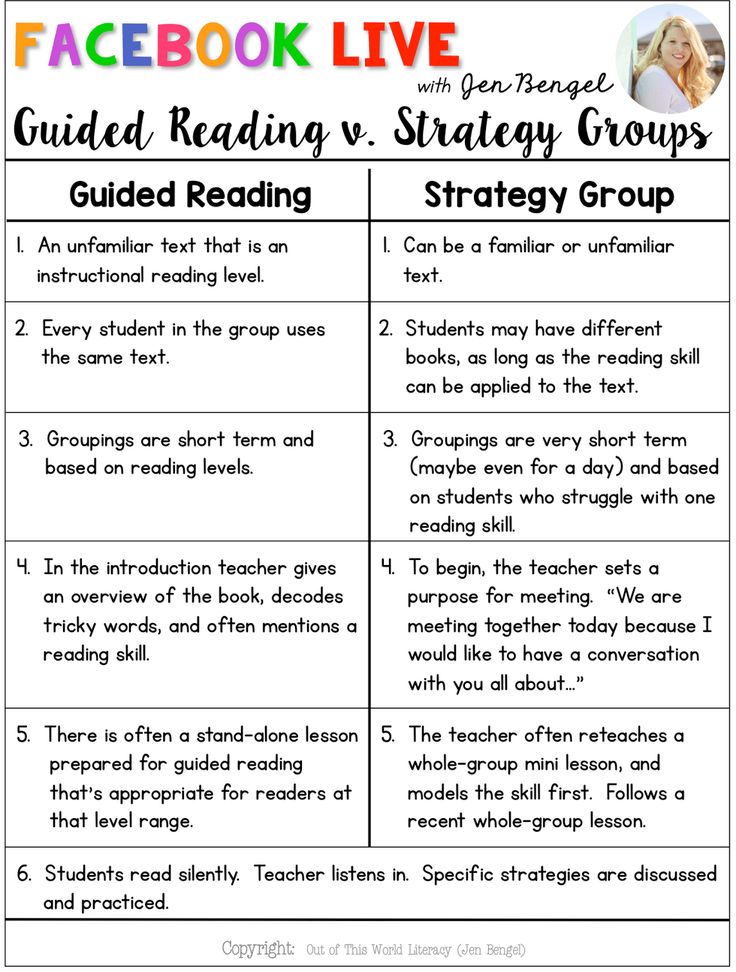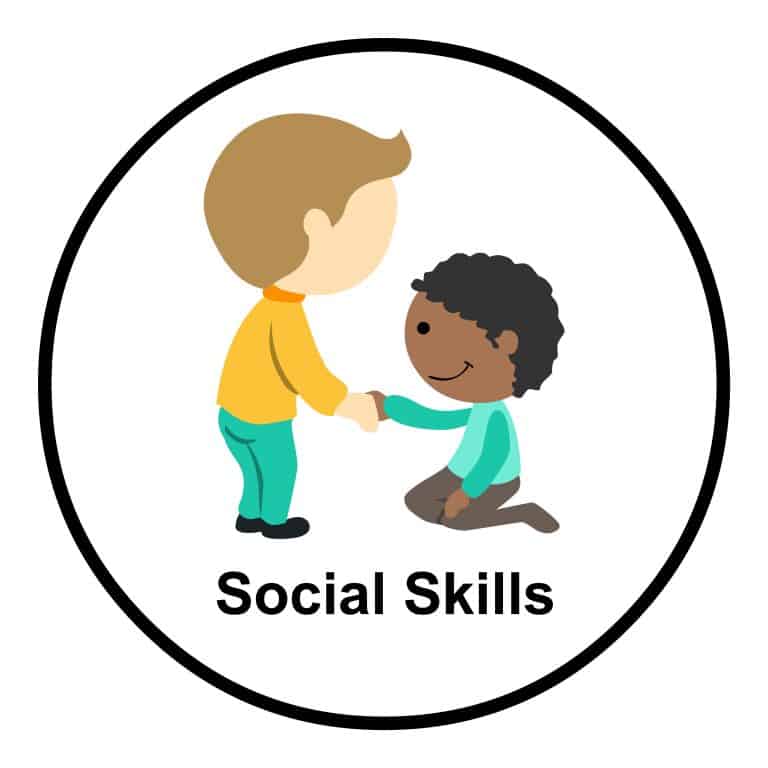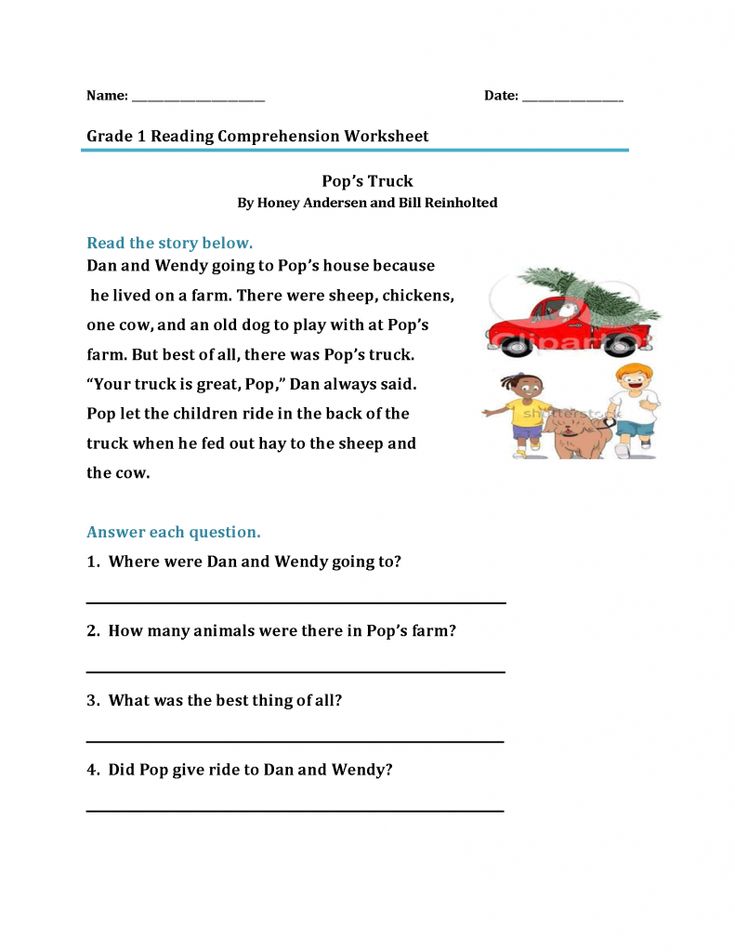Check your reading level
Readability score | Readability test | Reading level calculator
Readability score | Readability test | Reading level calculator | ReadableYour readability toolkit
Powerful, flexible readability tools that work where you work.
Unrivalled Readability Scores
Find the most accurate scores for formulas such as Flesch-Kincaid and SMOG, as well as our own bespoke readability algorithm.
Read more about the scores that power Readable »
Actionable Insight
Readable is packed full of features you won't find anywhere else. Hone your content for clarity and engagement to captivate your audience.
Find out more about Readable's writing style features »
For Everyone
Whoever your audience or whatever your medium, Readable's user-friendly editor is suitable for all kinds of writers.
Find out how Readable can work for you »
3,000+ authors, marketers, and educators trust us to delivery accurate readability analysis.
Discover the Power of Readability
Be understood
Grow your audience with clear, readable content.
85% of people can understand your content if it is a Readable grade A.
Clarity Features »
Make an impact
Attract new customers with crisp, dynamic content.
57% of customers are more likely to recommend you if they feel emotionally connected to your brand.
Impact Features »
Build loyalty
Retain customers with direct, trustworthy content.
Readability builds customer trust. 81% of consumers said trust is essential in a buying decision.
Audience Connection features »
Readability Tools
Document Readability
Improve your document readability and connect with your readers.
ContentPro helps you to produce clear, compelling content, helping you to engage with your audience.
Website Readability
Improve your website readability and lift conversions.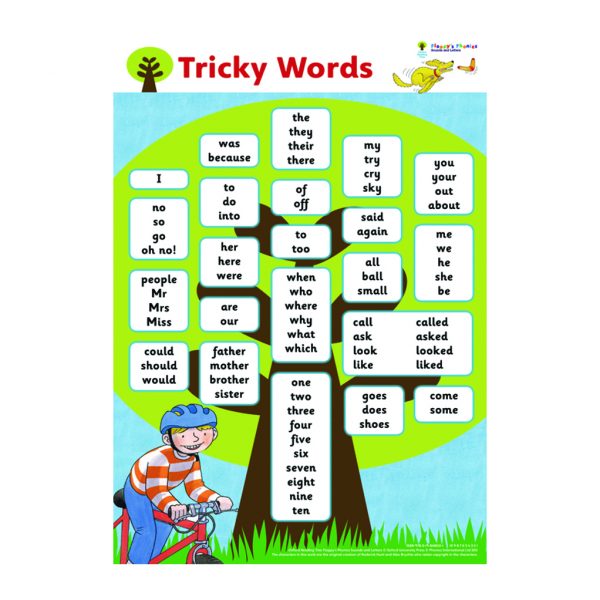
CommercePro is a suite of tools with a unique algorithm. The results give you actionable steps to optimise your website for readability.
Readability API
Integrate readability into your workflow and increase efficiency.
The Readability API on AgencyPro easily integrates into your website, CMS, product or service. Bring quality readability scores into your business.
What our happy customers say
Anna Bolton
Founder
Conversion Copy Co.
I use Readable to match my copy with my audience's reading level.
It's one of my top conversion optimization tools!
Candi Williams
Content Strategist
Nationwide Digital
Fact: good readability is good for everyone.
What Readable does is make it measurable. It makes readability tangible and gives the entire organisation something they can gather around.
Our promise to you
We are dedicated to providing the most comprehensive readability tools.
Accurate. Our scores are backed up by established readability algorithms and verified by over 10,000 automated tests and hand-calculated scores. You can be confident in your results.
Fresh. Our leading-edge readability checker is up to date with changes in standards. You can be sure your feedback is current and reflects real-world reading behaviour.
Here for you. We support your writing goals with our helpful resources and outstanding customer service.
Who's Readable for?
People and companies who want to make their content easy to read and understand.
Readable is used across all sectors and professions by people who value clarity and transparency in their business practice.
What is a readability score?
A readability score can tell you the level of education someone needs to easily read a piece of text. The score identifies a Grade Level relative to the number of years of education a person has.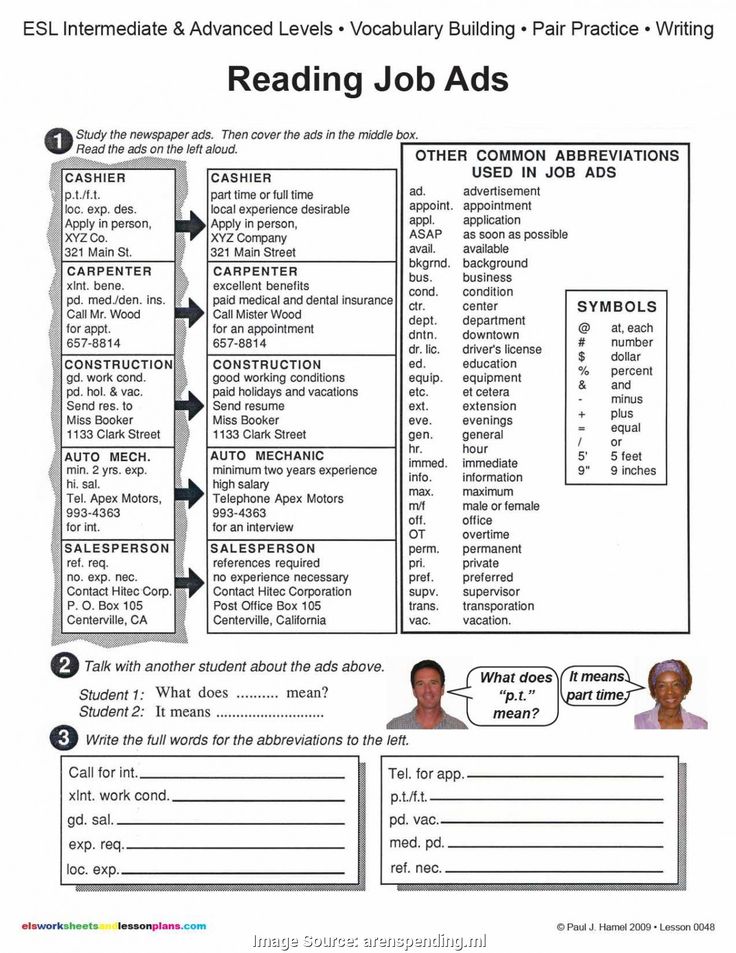 Read more about readability scores.
Read more about readability scores.
What is readability?
Readability is a measure of how easy a piece of text is to read. Read more about readability.
What is a good readability Score?
A Grade Level of 8 or lower is good for text aimed at the public. 85% of the public will be able to read and understand your content at Grade Level 8. Read more about readability scores.
Readability Formulas
The Readability Formulas that Power Readable
- Flesch-Kincaid
- Gunning Fog
- Coleman Liau
- SMOG
- Automated Readability Index
- FORCAST
- Powers Sumner Kearl
- Rix Readability
- Raygor Readability Graph
- Fry Readability Graph
- Flesch Reading Ease
- CEFR
- IELTS
- Spache
- Dale-Chall
- Lix Readability
- Lensear Write
Latest from the Blog
The joy of English
Reading can be very active if you make it so. Gather your post-it notes and let’s explore how we can read to become better writers.
Gather your post-it notes and let’s explore how we can read to become better writers.
21 October 2022 by Laura Kelly
Content marketing
In an ever-changing marketing landscape, one thing remains a constant reality. Words sell. Here's why writing is the most important marketing skill.
29 September 2022 by Laura Kelly
Content marketing
Google is always making human-centred updates to ensure helpful content for the searcher. Find out what the latest update means for creators in all areas.
22 September 2022 by Laura Kelly
7 Days Free Readability Scoring
Try Readable for 7 days entirely free, or cancel any time if you don't love it.
Get Started Today
Speed Reading Test Online
Reading is becoming more and more important in the new knowledge economy and remains the most effective human activity for transforming information into knowledge.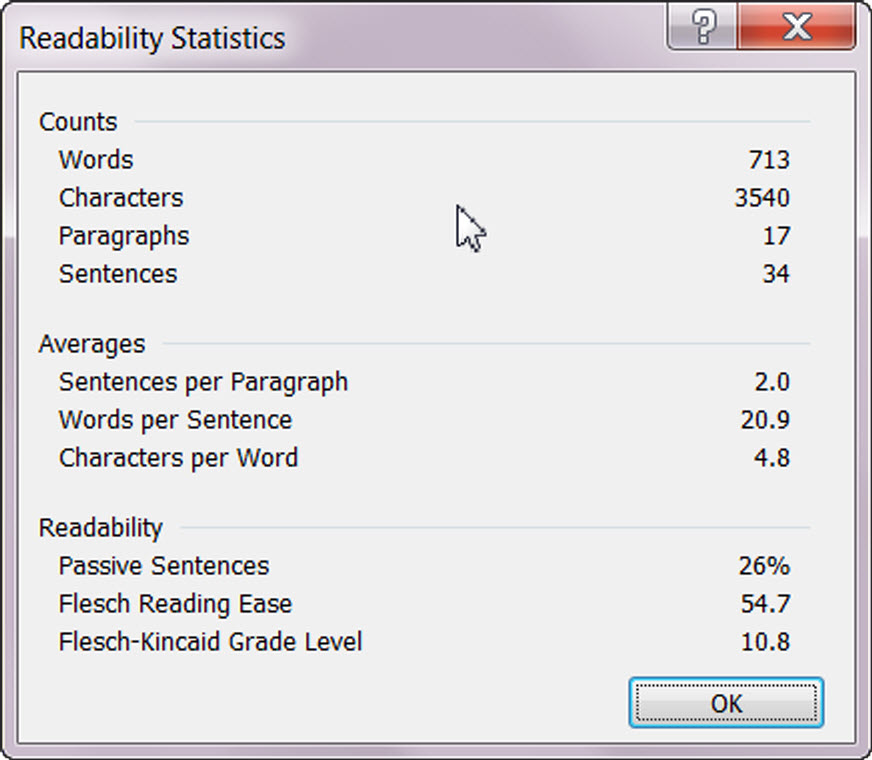
If top readers read at speeds of above 1000 words per minute (wpm) with near 85% comprehension, they only represent 1% of readers. Average readers are the majority and only reach around 200 wpm with a typical comprehension of 60%. This seems surprising since most readers, actively reading work documents, newspapers, magazines, books or the contents of a computer display are practicing daily for at least one hour. With such an intense training everyone should be close to top performances.
Unfortunately, this is far from the real situation. The average reader is five times slower than the good reader. Things are even worse if we consider reading efficiency as well as speed. Reading efficiency is reading speed weighted by comprehension rate and it amounts to 200 x 60% or 120 efficient words per minute (ewpm) for the average reader and to 1000 x 85% or 850 ewpm for top readers. Thus, an efficiency ratio of seven divides these two categories.
Compare the results of the average reader to other areas.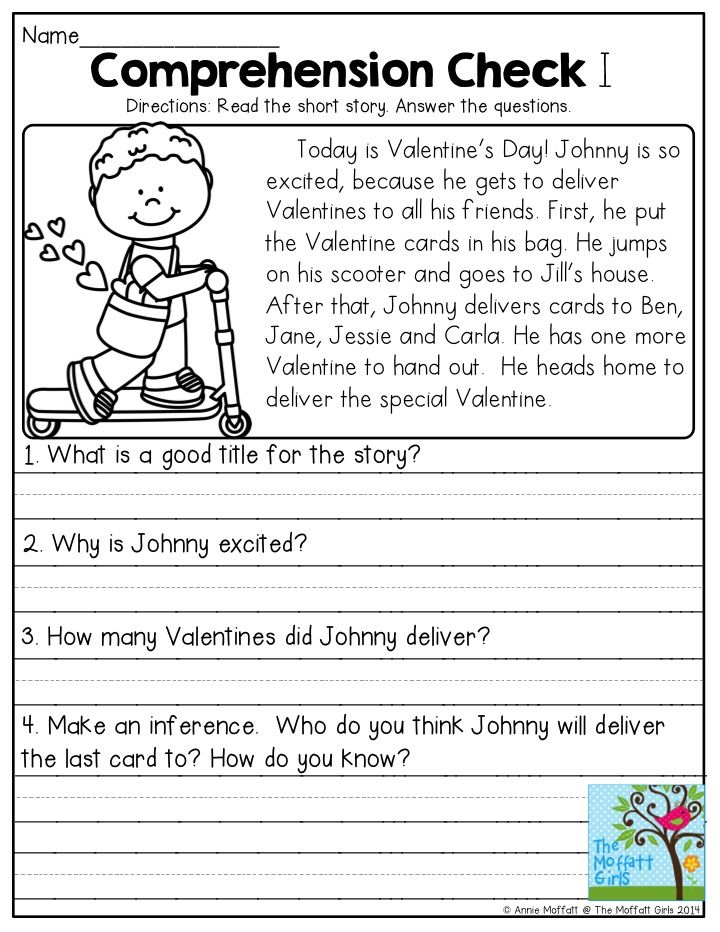 We may imagine a sprinter practicing every day for several years on the running track and then just calmly walking for a race. We can also picture a racing driver never exceeding 30 mph or a pianist playing every day of the week for 20 years and only able to play music like a beginner. Unfortunately, since the age of 12, most readers do not substantially improve their efficiency and never reach their full capacity.
We may imagine a sprinter practicing every day for several years on the running track and then just calmly walking for a race. We can also picture a racing driver never exceeding 30 mph or a pianist playing every day of the week for 20 years and only able to play music like a beginner. Unfortunately, since the age of 12, most readers do not substantially improve their efficiency and never reach their full capacity.
Every computer-user who is also a slow typist is aware of the benefits he could obtain with a typing course, but nearly no one suspects the much higher profits he could reach by improving his reading comprehension and speed. The rapid improvement of voice recognition may gradually make typing virtuosity obsolete since a good typist performs well under the speed of speech. On the other hand, human or computer speaking, with an average speed of 150 wpm, will always remain many times slower than a good reader, without any consideration of the skimming and skipping possibilities.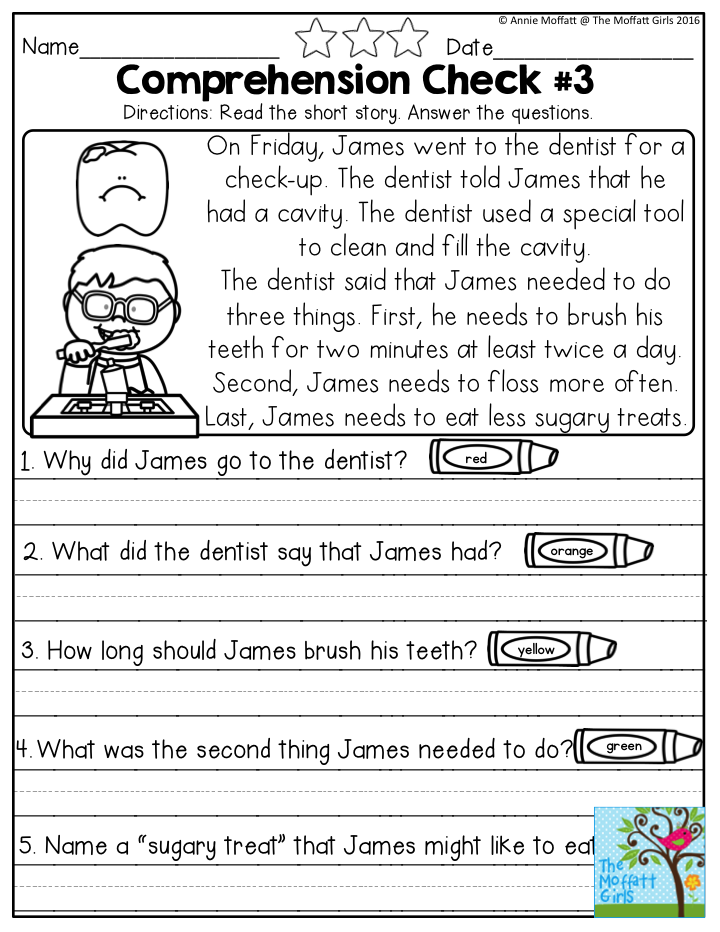
There are three possible ways to improve reading. The fastest is probably a speed reading seminar based upon good materials and animated by a dynamic instructor. It is quite usual for a slow reader to double and even triple his reading efficiency during a two-day class offering a positive atmosphere, carefully selected texts and comprehension tests. However, as this rapid and encouraging improvement is not sufficiently anchored, it often fades with time.
A book about speed reading is the second possibility. Such a book usually provides speed and comprehension tests as well as techniques to improve reading. It often includes more general information about concentration, interest stimulation, skimming techniques and ways to approach a text. Some methods may include audio or videocassettes. A book-based method requires a good deal of time as well as a strong commitment from the reader.
Finally, a speed reading computer program is probably the most efficient way to achieve top reading levels. Computers offer unique exercises to boost reading efficiency through interactivity, text animation and pacing. Higher reading skills obtained with a computer screen are totally transferable to reading from paper. Unfortunately the inverse way does not work so well. Speed reading software delivers enjoyable and fast paced training, thus giving the consistent practice necessary to break lifelong slow reading habits. This is the task that seminars and speed reading books usually leave up to the reader.
Computers offer unique exercises to boost reading efficiency through interactivity, text animation and pacing. Higher reading skills obtained with a computer screen are totally transferable to reading from paper. Unfortunately the inverse way does not work so well. Speed reading software delivers enjoyable and fast paced training, thus giving the consistent practice necessary to break lifelong slow reading habits. This is the task that seminars and speed reading books usually leave up to the reader.
Read speed test. Online simulator for developing reading speed and awareness skills in 2021!
Reading speed is an important indicator not only for schoolchildren, who regularly check it. It is very important for an adult in the modern world to be able to navigate in huge flows of information. A reading speed test will help you determine your current level and see if you need to work on improving this skill or if you are reading fluently enough.
Content
1.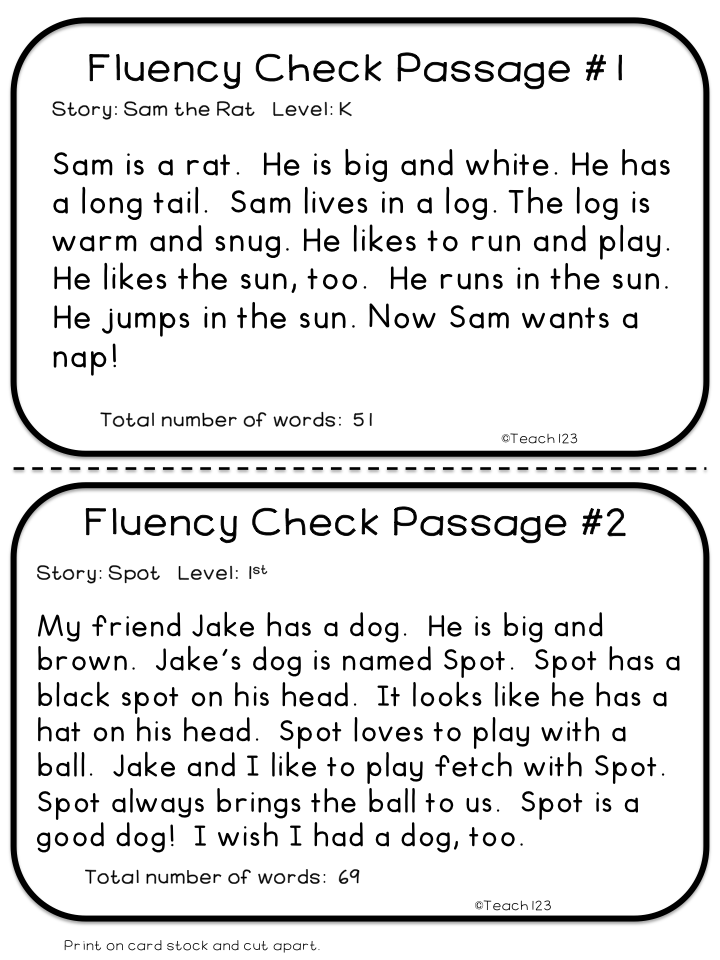 How to check reading speed?
How to check reading speed?
2. How can I check my reading speed myself?
3. How to test a child's reading speed?
4. What reading speed is considered normal for adults and children?
5. How to choose the right text to test reading speed?
6. The book "Everything you wanted to know about speed reading, but were afraid to ask"
How to check reading speed?
The easiest way is to take a stopwatch (you can use the application on your phone), a text to check your reading speed and read it at a normal pace for one minute. It is important that the text is non-technical, does not contain highly specialized terms and concepts, and is not familiar to the reader. The text should not be too primitive. The testee must see the text for the first time so that the results are not artificially inflated.
But what do you care about speed, if you don't understand with what awareness you absorb the text? :)
A much better way to find out your reading speed is to take a free online test.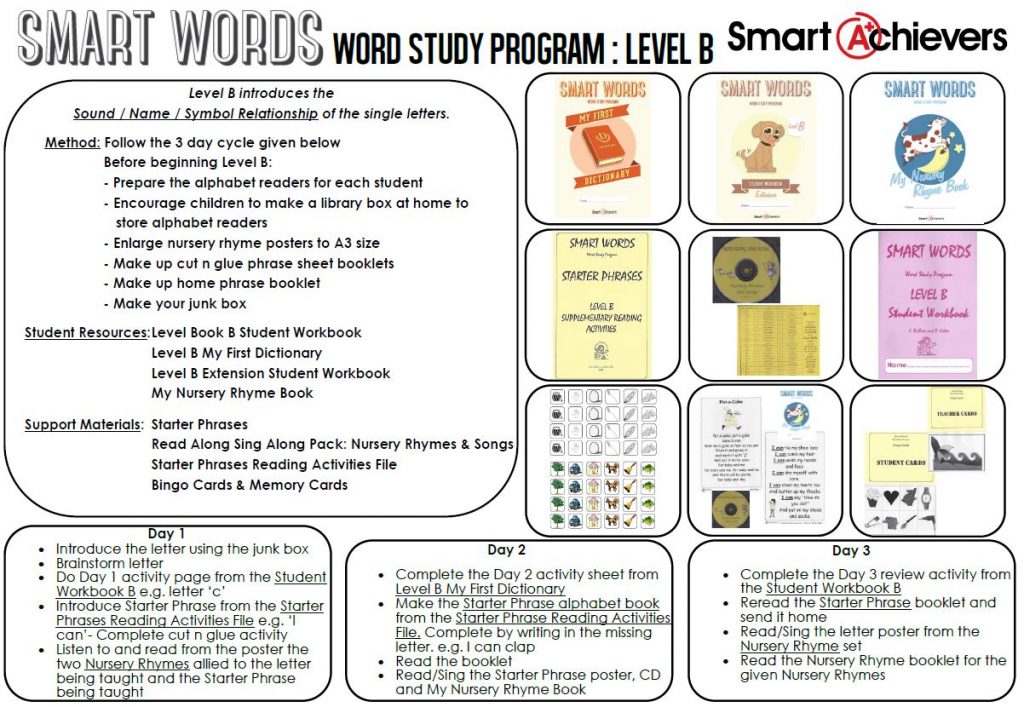 To do this, sit back, enter your name in the form above, press the button and you will immediately see the text that you need to read, slowly, trying to understand everything that is written.
To do this, sit back, enter your name in the form above, press the button and you will immediately see the text that you need to read, slowly, trying to understand everything that is written.
When the entire text is read - click on the button at the very bottom. The program will automatically determine the reading speed and prompt you to answer a few questions to understand the degree of assimilation of the material. As a result of testing, you will receive not only the result of your reading speed and awareness, but also recommendations for improving your reading technique in the format of the book "Everything you wanted to know about speed reading, but were afraid to ask." Enter a name. Click the button and find out your real reading speed. Have a good day.
How can I test my reading speed myself?
We have prepared for you a tool with which you can independently check the speed of reading. Our tool include a certain amount of text that you need to read as quickly as possible. You will then have the opportunity to answer a series of questions about the text, allowing the program to determine your level of understanding. Based on the data received, a result and a certificate are issued. This certificate can be shared with your friends on social networks and challenge them to a battle to test the speed and awareness of reading :).
You will then have the opportunity to answer a series of questions about the text, allowing the program to determine your level of understanding. Based on the data received, a result and a certificate are issued. This certificate can be shared with your friends on social networks and challenge them to a battle to test the speed and awareness of reading :).
If you want to do it yourself, you can do it according to the following scenario. A text of medium complexity is taken, located on one sheet. You will need an assistant who will keep track of the time and will be able to test the level of your understanding of the information. Check algorithm:
Simultaneously with the start command and the start of the stopwatch, you begin to silently read the text.
When the text is finished, you say stop - time stops.
Then you need to answer a few questions regarding the content (reading speed implies a full reading comprehension).
The last step is to count the words in the text and determine the average number of words per minute (words in the text can be counted before reading).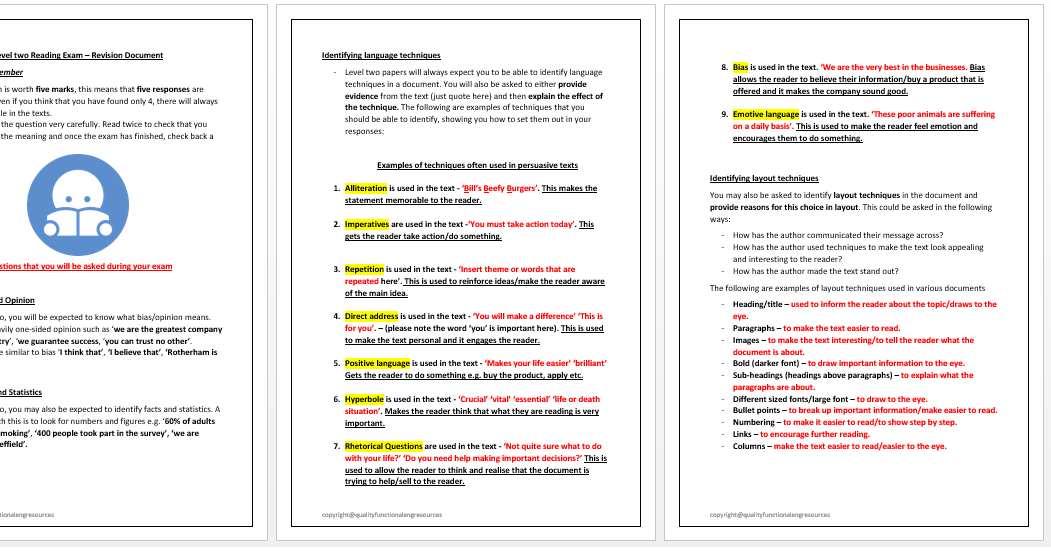
This is the certificate you can get based on the results of passing the test
How to check the reading speed of a child?
A child's reading speed can be tested in a similar way. The child should read aloud, at least in elementary school. Then you can switch to the usual way of checking for adults.
Schools often test reading skills by counting the number of words read per minute. This gives a small error, since words come in different sizes, but a similar verification method can also be used.
What reading speed is considered normal for adults and children?
The average reading speed for an adult is 200-230 words per minute. Below average, but an acceptable rate is 150-200 words per minute. Adults who read more than 230 words per minute are considered fast readers. For the speed reading technique, the optimal speed is 350-400 words per minute.
In children, the indicators are dynamic and change depending on age.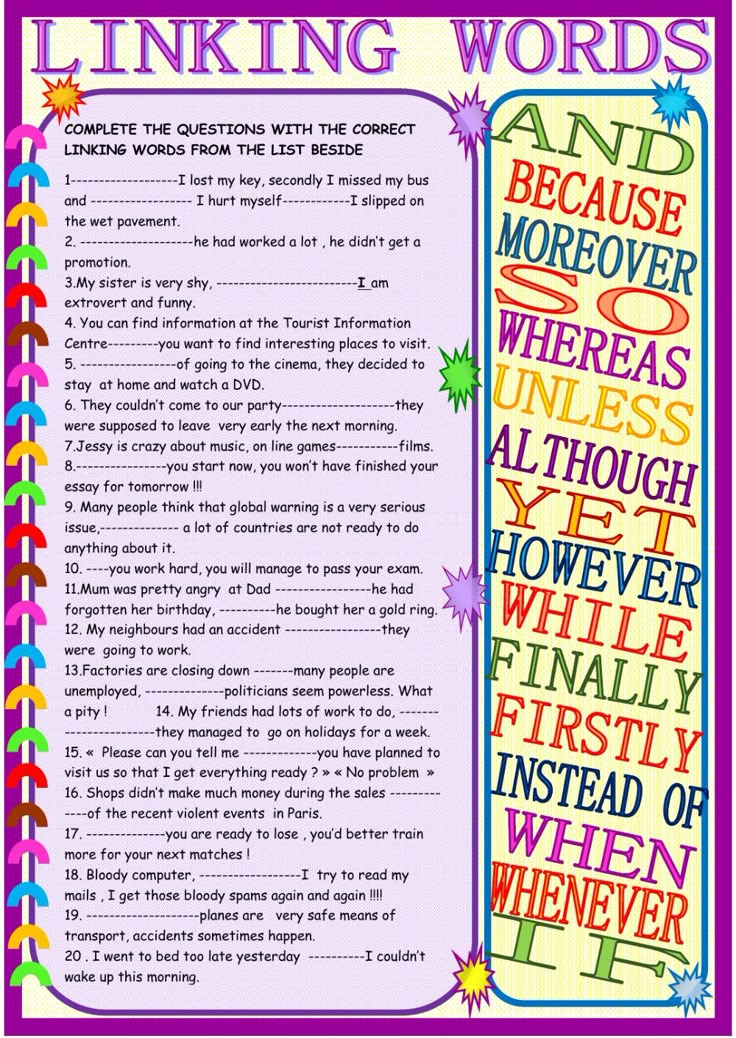 Approximate norms used in elementary school:
Approximate norms used in elementary school:
20-30 words per minute for first grade;
45-60 words per minute for second grade;
70-85 words per minute for third grade;
90-125 words per minute for fourth grade.
How to choose the right text to test reading speed?
The criteria for selecting text to test reading speed are identical for adults and children. The only difference is the volume and complexity of the information. The text must match the following parameters:
medium difficulty appropriate for age;
the absence of specific unfamiliar words or their minimum number;
no dialogs;
location on one page;
large, comfortable to read font;
lack of pictures and other distracting elements.
In our tool for testing reading speed and comprehension, we tried to take into account all these factors so that the resulting tool would be convenient for both adults and children. At the same time, he gave a fairly clear answer to the question about the real reading speed.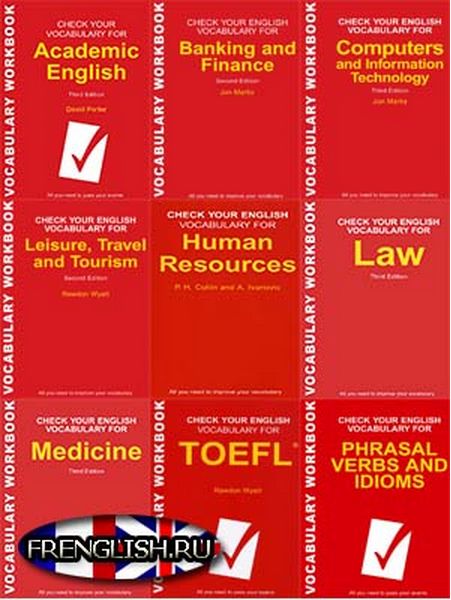
It should be remembered that reading speed is a variable parameter, which decreases if a person rarely sits down at a book, and increases with constant reading. There are many special techniques aimed at significantly increasing the speed of reading text information.
Everything you wanted to know about speed reading but were afraid to ask test. So don't waste a second,
go back to the very top of the page and go take the test!Reading speed test online is simple, convenient and fast
We have already written so much here about how to correctly measure your reading speed, achieve awareness and interpret the results, that every second of delay before you pass the online reading speed test and receive a personal certificate is just like death. Return to the very beginning of the page, enter your name in the field under the video and go to the enchanting world of unfamiliar texts and tricky questions :).
📖 Reading speed Q&A section
📕 What formula is used to calculate reading speed?
If it’s very short, then the formula for calculating the reading speed is as follows: V = (Q / T) x K.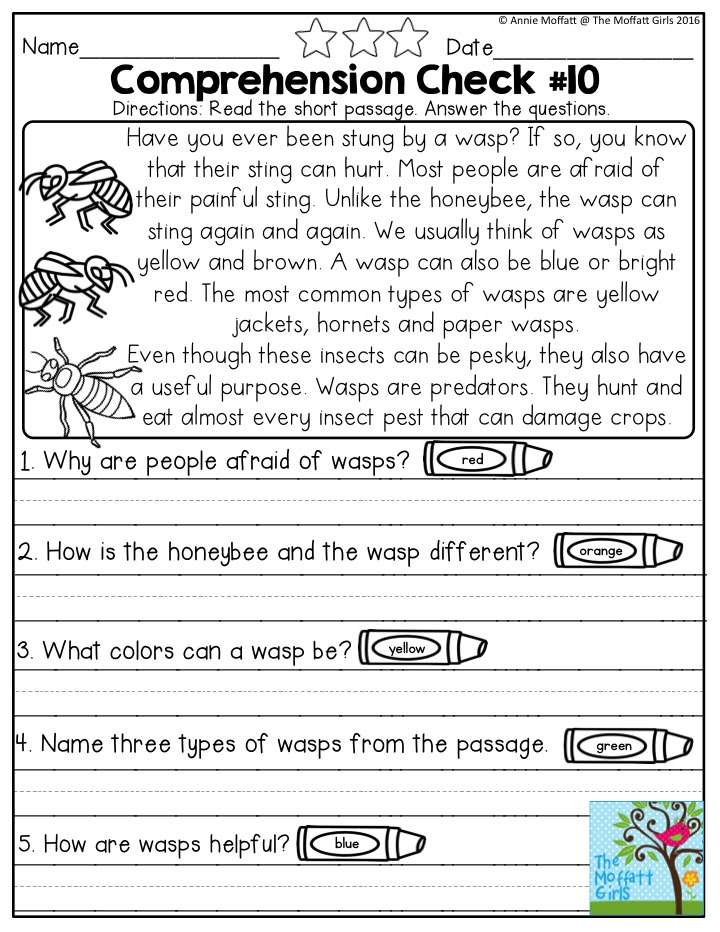 This formula allows you to get a real figure for reading speed with a correlation to the coefficient of meaningfulness. You can read more about the formula here in this article .
This formula allows you to get a real figure for reading speed with a correlation to the coefficient of meaningfulness. You can read more about the formula here in this article .
📗 What books do you recommend reading to develop speed reading?
We have compiled a list of the most useful books for the development of speed reading and posted it in a separate post on the blog. The list is constantly updated and gives an idea of the main books with which you can develop speed reading skills.
📘 What if I want to increase my reading speed?
You can start by learning the theory, or you can download our workbooks , which we have created especially for those who who wants to start learning speed reading. There are two of them: one notebook for adults, the second for children. Contains some theory and practical exercises designed for several weeks of regular classes.
📙 How to check a child's reading speed?
The reading speed test, which is located on our website, is suitable for both adults, as well as for children. We specifically tried to choose mostly literary texts that will be easy to read. to understand the child. Just go to the reading speed test page from the link above, enter child's name and start reading. Then the program will do everything for you.
📔 I want to check my reading speed online for free. How to do it?
Easier nowhere. The tool, which is located at https://bukva.info/rapid/ , was created just for this. You just enter your name, read the text and answer the questions. The program monitors the speed of your reading and its meaningfulness. After answering the questions, you will receive a certificate with your result. The certificate can be shared with friends in social networks :).
📓 What is the "Read Fast" project?
Read Fast is a project dedicated to the problem of fast and conscious reading. We believe that you can read 3-4 times faster. However, the quality of memory reading material will only increase. Let's try together :).
Measuring Reading Speed
Chapter 1 No Models
Genes and Memes
Whoever you are, your brain can change. Everything depends on you. It doesn’t matter what opinion you yourself or others about your creative abilities have: abilities can be developed. The task of revealing creative potential has been facing people for a long time. But if earlier creative gurus relied on their experience and intuition in their training, today the latest technologies have come to the rescue. The brain can learn and change until death. This ability is called neuroplasticity. No matter what you have experienced and what genes you have inherited, consciousness, that is, the way you think, can change the structure and anatomy of the brain.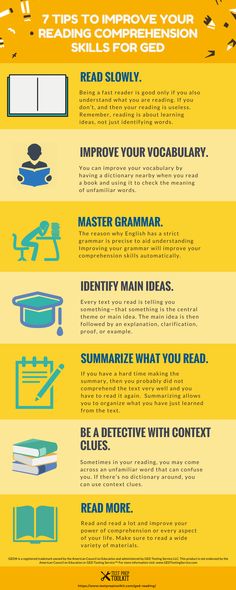 When you opened this book, your brain had a certain structure, certain neural connections. At the end of reading, other connections will appear, and this structure will change. Without a doubt, the brain will become better, because you will learn about its capabilities and limitations. If, in addition, you regularly apply the described techniques, your creativity will increase. Changes will be noticed not only by you, but also by colleagues, relatives and friends: I know this from myself (I am my main guinea pig) and from hundreds of people with whom I was lucky to work. I want to share this knowledge with you, dear readers, to help you become a more creative and live a rich and happy life.
When you opened this book, your brain had a certain structure, certain neural connections. At the end of reading, other connections will appear, and this structure will change. Without a doubt, the brain will become better, because you will learn about its capabilities and limitations. If, in addition, you regularly apply the described techniques, your creativity will increase. Changes will be noticed not only by you, but also by colleagues, relatives and friends: I know this from myself (I am my main guinea pig) and from hundreds of people with whom I was lucky to work. I want to share this knowledge with you, dear readers, to help you become a more creative and live a rich and happy life.
How did mankind come to its present position? We survived, in part, thanks to two continuous processes: biological evolution and cultural development. Evolution consists in the accumulation of such genetic mutations that make their carriers better adapted to their environment.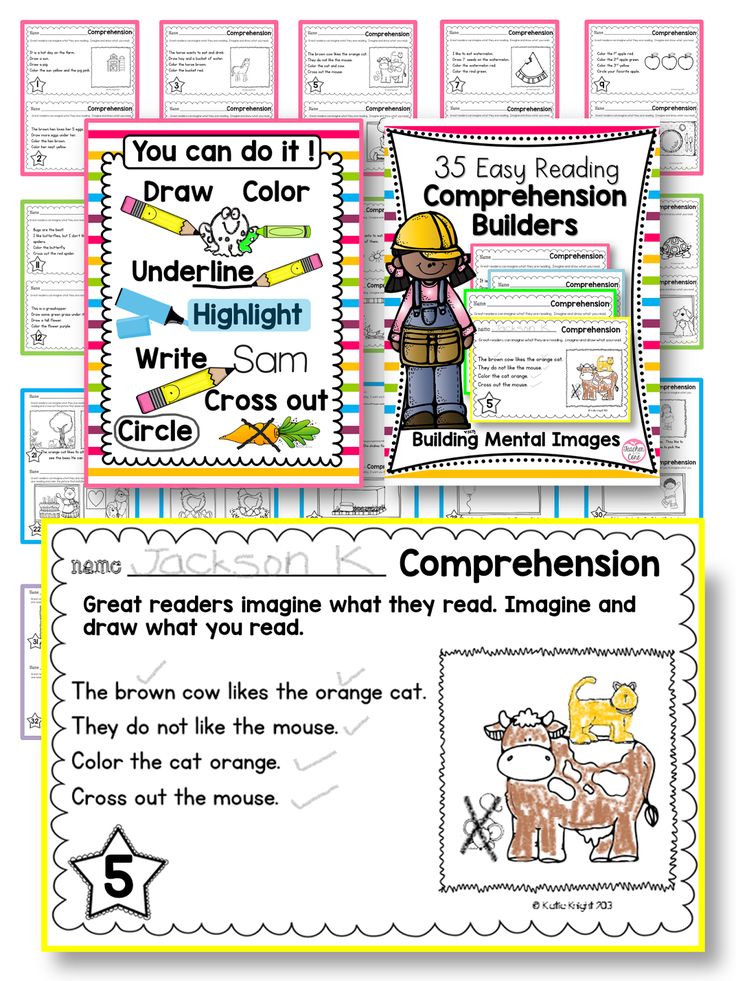 This accumulation occurs as a result of natural selection, unconscious and uncontrollable. In culture, on the contrary, the main role is played by the creative forces of mankind, which radically change the cultural paradigm. And this is a completely conscious process.
This accumulation occurs as a result of natural selection, unconscious and uncontrollable. In culture, on the contrary, the main role is played by the creative forces of mankind, which radically change the cultural paradigm. And this is a completely conscious process.
It is possible to draw a parallel between creativity and gene mutations in the course of evolution
The nervous system is arranged in such a way that the discovery of something new, so important in creativity, stimulates pleasure centers. However, the passion for learning and research depends not only on genetics, but also on childhood experience. If this is true, then our ancestors recognized the importance of inventions, protected innovators and learned from them: the survival of society in the face of unforeseen circumstances and threats depended on the creative abilities of such people.
In addition, another much more primitive and effective force, peace, played an important role in our survival.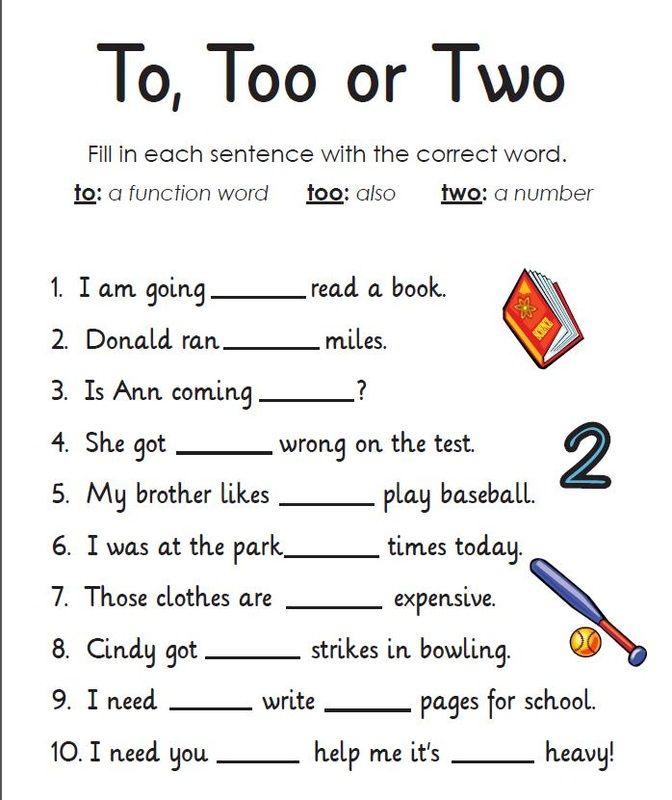 For the most part, energy is stored when there is no active action, when the body and mind are at rest. The need to conserve energy is so strong that we associate free time with relaxation. Take a walk in the park, watch a movie, read a book, or just stare at the ceiling. Turn on autopilot. Don't waste energy. Thus, we humans strive to fulfill two mutually exclusive orders of the brain: on the one hand, to make as little effort as possible (peace), and on the other hand, to seek and explore new things (creativity).
For the most part, energy is stored when there is no active action, when the body and mind are at rest. The need to conserve energy is so strong that we associate free time with relaxation. Take a walk in the park, watch a movie, read a book, or just stare at the ceiling. Turn on autopilot. Don't waste energy. Thus, we humans strive to fulfill two mutually exclusive orders of the brain: on the one hand, to make as little effort as possible (peace), and on the other hand, to seek and explore new things (creativity).
For most of us, it seems that peace is stronger than the pleasure of new challenges and ideas. Fortunately, some are much more willing to succumb to the joy of discovery. But, even if it's not you, creativity will bring incredible pleasure no matter where and when you find a use for it. When we create, we feel great.
To recap. We are born with two conflicting commands. On the one hand, we are programmed to conserve energy - this manifests the instinct of self-preservation.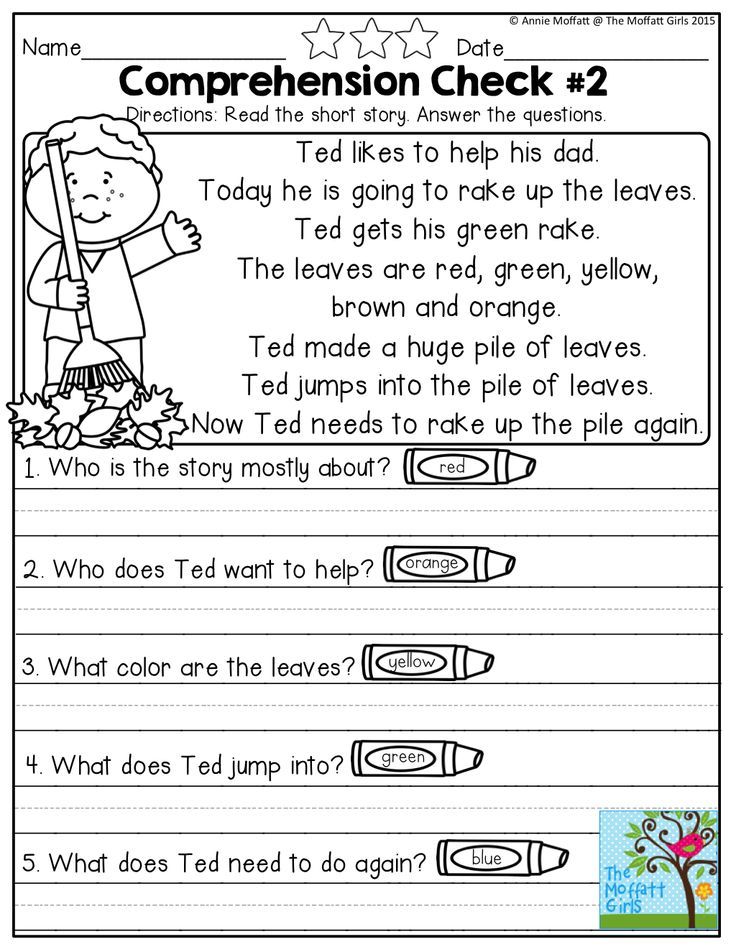 On the other hand, we tend to strive to push boundaries, to explore, to enjoy discoveries, even to be in danger. So, curiosity is inherent in all children. The second impulse leads to creativity. We need both "programs", but the first does not require much effort, maintenance and motivation. Creativity is difficult to develop on your own. In adult life, at work and at home, there are not so many opportunities for curiosity and new discoveries, but there are many obstacles that prevent you from taking risks and exploring. Therefore, the motivation needed to be more creative quickly fades, and as a result, most do not consider or feel that they are creative individuals.
On the other hand, we tend to strive to push boundaries, to explore, to enjoy discoveries, even to be in danger. So, curiosity is inherent in all children. The second impulse leads to creativity. We need both "programs", but the first does not require much effort, maintenance and motivation. Creativity is difficult to develop on your own. In adult life, at work and at home, there are not so many opportunities for curiosity and new discoveries, but there are many obstacles that prevent you from taking risks and exploring. Therefore, the motivation needed to be more creative quickly fades, and as a result, most do not consider or feel that they are creative individuals.
While genes are passed down automatically from generation to generation, things are different with inventions and ideas. Every child should learn from the very beginning how to use fire, the wheel, or atomic energy. The pieces of information that have to be learned in order for a culture to continue are called “memes,” a term from Richard Dawkins’ The Selfish Gene*. All memes - from language and numbers to theories, songs and laws - must be passed on to children or will be lost. Therefore, memes can be considered the cultural equivalents of genes.
All memes - from language and numbers to theories, songs and laws - must be passed on to children or will be lost. Therefore, memes can be considered the cultural equivalents of genes.
An extremely creative person can change a meme. And if society accepts this, then the meme will enter the culture. New songs, ideas, technologies - that's what creativity is. However, memes do not appear spontaneously, as in biological evolution with mutated genes. To change the tradition, you need to make an effort, as well as educate future generations. Everything new requires attention, and this is a very limited resource. We are not able to process too much data at once, and constant employment makes it difficult to come up with something out of the ordinary. Most of the time is spent on daily activities at work and at home.
In other words, to become more inventive in any area, you need to "free up" the lion's share of attention.
If we are busy all the time, we are unlikely to come up with ideas that can change or improve a product, a song, or a way of life idea or action.This is the destruction of habitual, well-established patterns of thinking, which happens to everyone, with some more often, with others less often. The novelty and value of ideas aimed at changing paradigms and memes within a particular tradition, culture or science are determined by experts in this field or discipline. Thus, the innovation receives a social assessment: "This is really unusual." Creativity is not limited to thoughts in the head, it manifests itself through the interaction of ideas with the socio-cultural context. It's more of a social phenomenon than a personal one.
There are other definitions of creativity. A creative person is an interested and inspired person with non-standard thinking; a person with an original view of the world; a versatile person without prejudice, who, through insight, is able to invent products and generate ideas or techniques that lead to important discoveries.
New ways
Let's imagine for a moment: we are on the top floor of a skyscraper, a night city spreads out in front of us.
Somewhere in the windows the light is on. Cars scurry through the streets, lighting the way with headlights, and lanterns flicker. Our brain is like a city in the dark, in which individual avenues, streets and houses are always lit.
To continue this metaphor, the brain is 'illuminated' in a variety of ways. We can "light" a huge number of "lanterns" - create neural connections, but only some of the "streets" (nerve pathways) will be illuminated throughout them. Therefore, we tend to use the same data to solve different problems, as if we were walking along illuminated streets in search of familiar information or sensations. However, there are other, unbeaten paths where unusual ideas and solutions await.
We live as if in a semi-automatic mode, solving most problems based on experience, reliable data and culture. These are three large, always lit avenues.
Remember, I said: due to entropy, the brain tries to conserve energy? He conserves strength to survive in the event of an unforeseen flight or battle.
That is why, when solving an intellectual problem, we first of all turn to existing knowledge.
Our experience is a constant source of information. But if we need unhackneyed forms or ideas, if we crave inspiration or revelation, we will have to make an effort and light new “lanterns” (in other words, form new neural micronetworks). Effort requires energy. With luck, we find different answers to the same question, different solutions to the same problem. Let's call it a creative challenge.
The more precise the formulation of the creative problem, the easier it will be to find its solution. Imagine: a creative task is a drawing on a box, without which it is difficult to assemble a puzzleWhich way to work, school, university or somewhere else that we have to go every day do we choose? Always, or almost always, unchanged. The same avenue, the same streets, the same metro or bus. I would venture to suggest that we can change our morning route a maximum of two, three, four times.
Why walk down a different street or take a different bus if we're sure ( knowledge ) that our usual path will lead us to the goal ( culture and experience )? The brain does not want to make extra efforts and waste energy on what is already established. Time passes, experience accumulates, and models and structures of thinking are formed in neural networks - illuminated avenues of a big city. As we shall see later, the creative process will destroy these models and structures, opening the way for what does not fit in them.
Answer 10 questions
Write it down as you remember. It is better to answer in more detail.
1. What is neuroplasticity?
2. What can be used to change the structure and anatomy of the brain?
3. How did humanity survive?
4. What is evolution?
5. What centers in the brain are stimulated by the discovery of something new?
6. What is the paradox of brain impulses?
7.
Why does the motivation for creativity quickly fade away?
8. Who can change a meme?
9. Why do we tend to use the same data to solve different problems?
10. Why might we not get ideas?
Check your answers
If you answered correctly, give yourself one point, no - zero. If you answered rather correctly, you can put 0.5 points. But we advise you not to ascribe too much to yourself, so that the result is true. Sum up the scores and write it down on a piece of paper.
Correct answers:
1. Neuroplasticity is the ability of the brain to learn and change until death.
2. It is possible to change the structure and anatomy of the brain with the help of consciousness, thinking
3. We survived, in particular, thanks to two continuous processes: biological evolution and the development of culture.
4. Evolution consists in the accumulation of such genetic mutations that make their carriers better adapted to the environment.
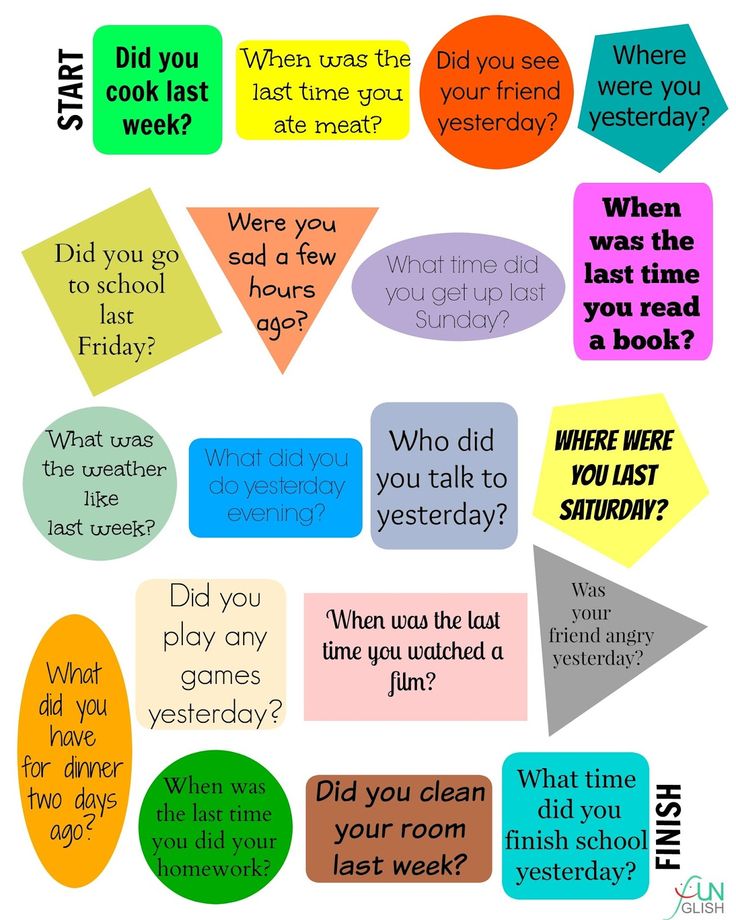
Learn more


